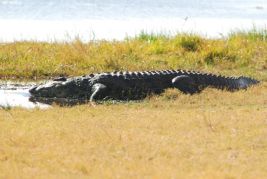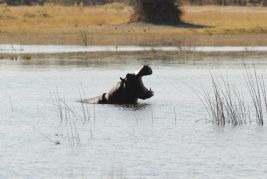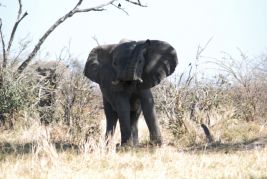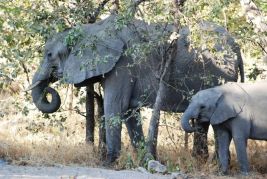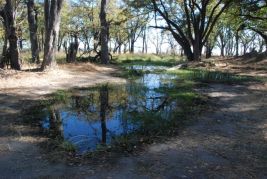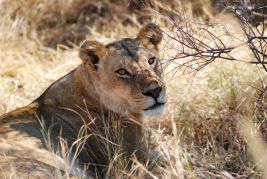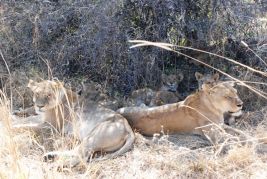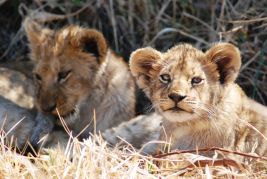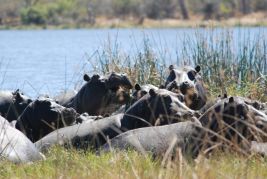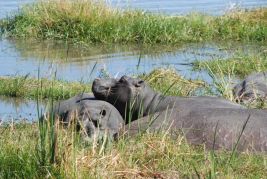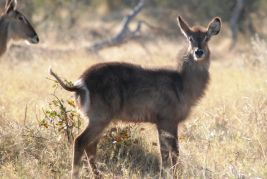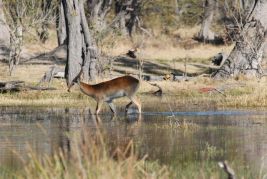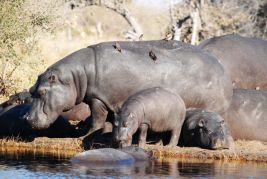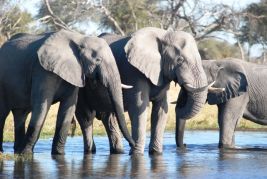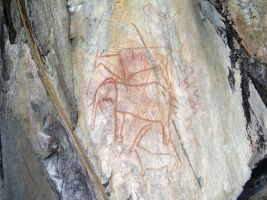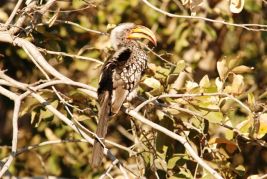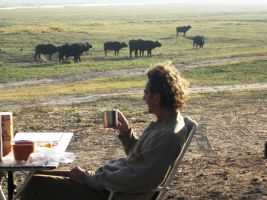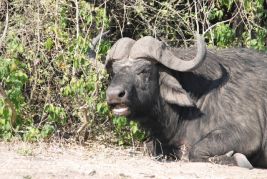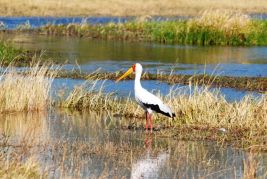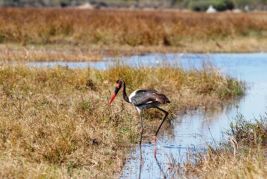
 Italia
Italia France
France Spain
Spain Morocco
Morocco Mauritania
Mauritania Senegal
Senegal Mali
Mali Burkina
Burkina Ghana
Ghana Togo
Togo Benin
Benin Nigeria
Nigeria Cameroon
Cameroon Gabon
Gabon Sao Tomè
Sao Tomè Gabon 2
Gabon 2 Congo
Congo Congo DCR
Congo DCR Angola
Angola Namibia
Namibia Sud Africa
Sud Africa Namibia 2
Namibia 2 Botswana
Botswana Zimbabwe
Zimbabwe Botswana 2
Botswana 2 Sud africa 2
Sud africa 2 Swaziland
Swaziland Mozambico
Mozambico Malawi
Malawi Tanzania
Tanzania Rwanda
Rwanda Uganda
Uganda Kenya
Kenya Etiopia
Etiopia Sudan
Sudan Egitto
Egitto Libia
Libia Tunisia
Tunisia Malta
Malta
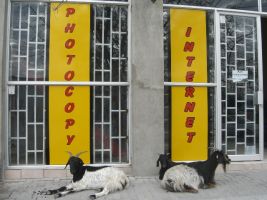
HERE WE ARE! – 23 July 2008
Botswana welcomes us with warm days full of beautiful sunshine and mild evenings.
We start sleeping in our tents again and in the evenings, we can stay out in our shirtsleeves. The road leading up to Maun is smooth. This small town is a starting point for tourists from all over the world, but there is absolutely nothing to see apart from supermarkets, petrol stations and travel agencies. Without its parks and animals, it would be a poor lonely village lost in the desert.
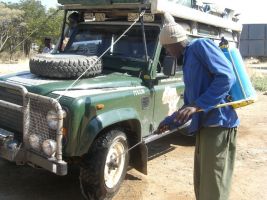
At the office were they take-care of bookings for people entering the park, they tell us that all is booked-up and has been for many weeks.
They suggest we go along anyway just in case someone hasn’t turned up. The campsites, on paper at least, have 5-10 places available. Along the way, we are “sanitized” many times.
MOREMI Park – 25 July 2008
The wildest…
It seems as though we have entered Africa, as it would have looked to the first explorers, an Africa that belonged only to its wildlife.
At the gate, we have to pay for two days at the park, with our car and camping included that’s 350 Pula a day (£28). We take a tour straight away and soon see an elephant, our first crocodile and hippos in the distance.
We are more than satisfied.
Here, the campsites are not fenced off, so we have to light a fire in the evening to scare-off the wild animals. We light a spectacular fire!
After dinner, the fire still crackling, we climb up into our tent where seconds later, we hear the sound of small steps around the car.
A beautiful hyena is sniffing at the flames searching for food but ends up disappointed, having found nothing it leaves.
Talk about scaring them away!
It seemed like all through night, out in the woods about twenty metres away we could hear the sound of branches breaking.
Peeking out of our tents in the morning, we understood why.
A group of about ten elephants had decided to stop by the campsite, they were still having breakfast just a few metres away from us.
The park is between and crossed by many tracks.
Mainly sand, but we also come across mud and deep fords.
Some roads are flooded; the water gets deeper and deeper right up until September making the tracks that a few days ago were passable into very impractical roads.
As the water comes, with it comes life.
It is the unique magic of the delta in Okavango, a river that “goes the wrong way”, that instead of heading towards the sea, it ends up dying out in the desert.
It is not advisable to stop in these areas, as in these waters there are crocodiles. There are also hippos and on land elephants and lions.
This family of eight lions is a spectacular sight to see!
They had just finished feasting on a hippo, the vultures helped “clean up”.
It just doesn’t add up how everything can be booked-up; the place is practically empty!
There are not even any park guards!
The second night, at another campsite, turned into a hunt for the Jena.
Attracted by the smell of food, as soon as it turns dark, fearlessly, many of them come out and run around the tents.
Our next-door neighbours, campers, Lancel and Martha, had a hyena as tall as Great Dane make-off with a pat of butter from their table. The place is wonderfully wild. Here is a well-fed group of hippos straight after a difficult mud-ford crossing.…
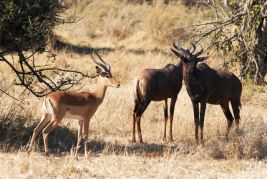
There are also new types of ungulates like Tsessebi, photographed here with an Impala or the Red-lechwe in its water element and the Waterbuck with its long dark hair.
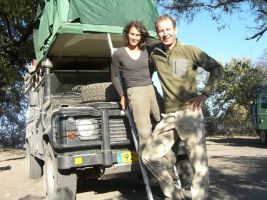
Dutch Friends
We meet Joop and Rian, who are Dutch. They have just come down the eastern side of Africa in their Land Rover.
They are just about to finish their journey…
For us, it’s all about to start again.
Botswana Tracks
The sandy track that connects the Moremi Park and the Chobe is as wild and as “African” as a track could be. Groups of elephants and hippos living in and beside the river that runs along side.
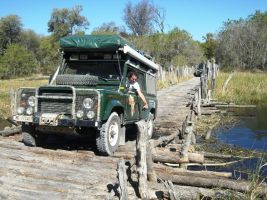
We arrive late at the gate of the Chobe Park and so we set-up camp just outside the gatekeeper’s lodge in the undergrowth. We procure for ourselves some wood to last the evening.
In addition, the park here should be full, but at the Savuti, we find a place no problem at all.
There are definitely less animals here than were in Moremi, or we’re just so used to seeing impalas, zebras, giraffes, the various birds, and elephants, we have stopped looking. Looking properly though, we find some rock paintings of the inhabitants of this land four centuries ago, the San people.
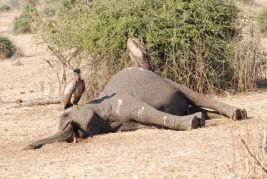
We carry on north towards the second section of the park. After a day of sandy track, we reach the most visited side of the Chobe, the side that runs along the river that shares its name and the natural boundary with Zambia.
As usual, we are told at the gate that there is no space in the campsite situated two hours ahead at the centre of the park. Once again, we decide to enter regardless and… once again, we find space.
Along the road, we see a small elephant – heaven knows what it died of - now a feast for the vultures. In the evening, we encounter elephants and giraffes.
During the night, a Honey Badger also known as a Ratel circles us.
We awake to a surprise in the park.
In between one biscuit after another, one of the Big Five that we haven’t yet seen is coming towards us…
A dangerous and unpredictable African buffalo.
A background with lions would have been more exotic; in the photo, these animals look like grazing cows…
One more day at the park until Kasane.
We encounter families of fat hippos and splendid birds like the ones below.
After some careful deliberation on time and money, we decide to turn back and see the Victoria Waterfalls we had already seen last year.
They can be reached from Zambia or from Zimbabwe. The distance and the prices nevertheless are the same.
Zambia is more relaxed and we have planned to get there through Malawi.
Zimbabwe is going through a huge internal crisis and is not 100% safe.
They say that the city of the waterfalls is safe, and we do want to see it again, also we would like to meet-up and speak with some people. We decide to go via Zimbabwe.
The frontier going out of Botswana is quick; they stamp our Carnet de Passage that was stamped when we entered Namibia.
We leave behind the confederation of South African states known as SEDAC.
